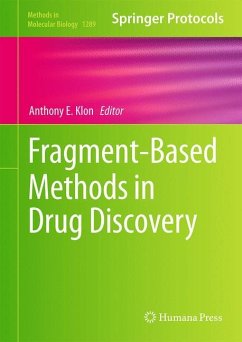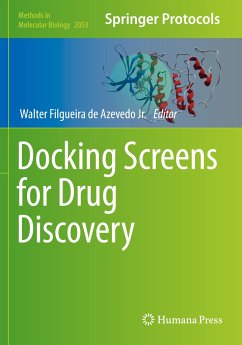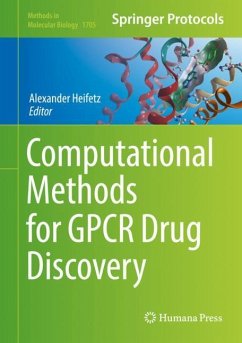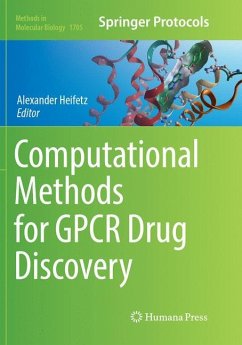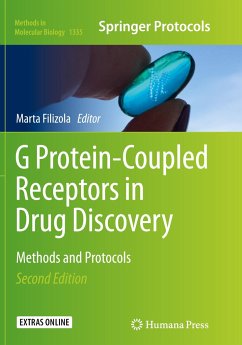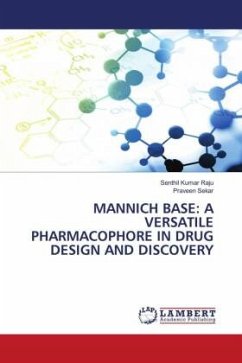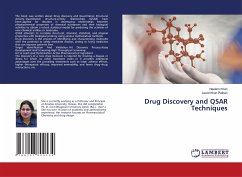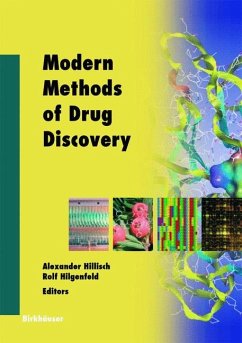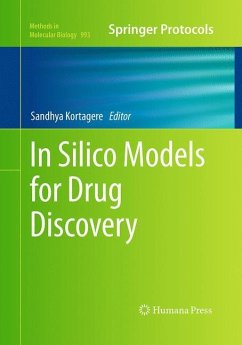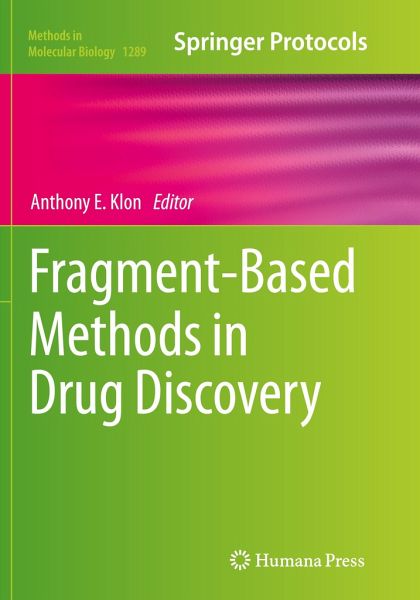
Fragment-Based Methods in Drug Discovery
Versandkostenfrei!
Versandfertig in 6-10 Tagen
72,99 €
inkl. MwSt.

PAYBACK Punkte
36 °P sammeln!
This volume covers the techniques necessary for a successful fragment-based drug design project, beginning from defining the problem in terms of preparing the protein model, identifying potential binding sites, and the consideration of various candidate fragments for simulation. The second part discusses the technical aspects that various methods have used to simulate fragment binding to a target protein by using Monte Carlo, molecular dynamics, and docking algorithms. After simulations, fragments are assembled into molecules using a variety of approaches, which are explored next. A discussion...
This volume covers the techniques necessary for a successful fragment-based drug design project, beginning from defining the problem in terms of preparing the protein model, identifying potential binding sites, and the consideration of various candidate fragments for simulation. The second part discusses the technical aspects that various methods have used to simulate fragment binding to a target protein by using Monte Carlo, molecular dynamics, and docking algorithms. After simulations, fragments are assembled into molecules using a variety of approaches, which are explored next. A discussion of design strategies and consideration of drug-like properties is included as part of the design process at this stage. Finally, several examples of successful fragment-based drug design projects are presented. Written for the Methods in Molecular Biology series, this work contains the kind of detailed description and implementation advice to encourage success in the lab.
Practical and cutting-edge, Fragment-Based Methods in Drug Discovery takes into account the great accomplishments in the field to provide an ideal guide for researchers continuing to investigate this exciting area of pharmacological study.
Practical and cutting-edge, Fragment-Based Methods in Drug Discovery takes into account the great accomplishments in the field to provide an ideal guide for researchers continuing to investigate this exciting area of pharmacological study.



